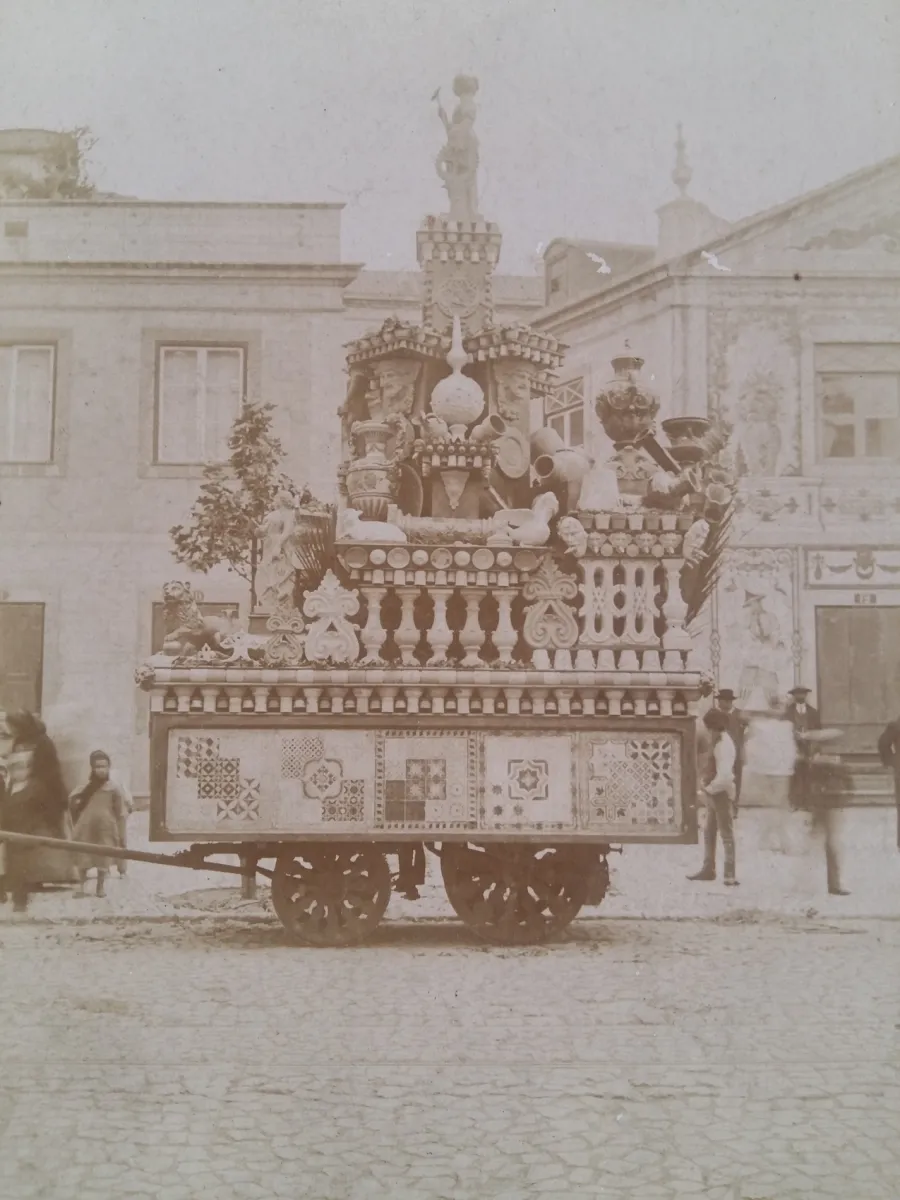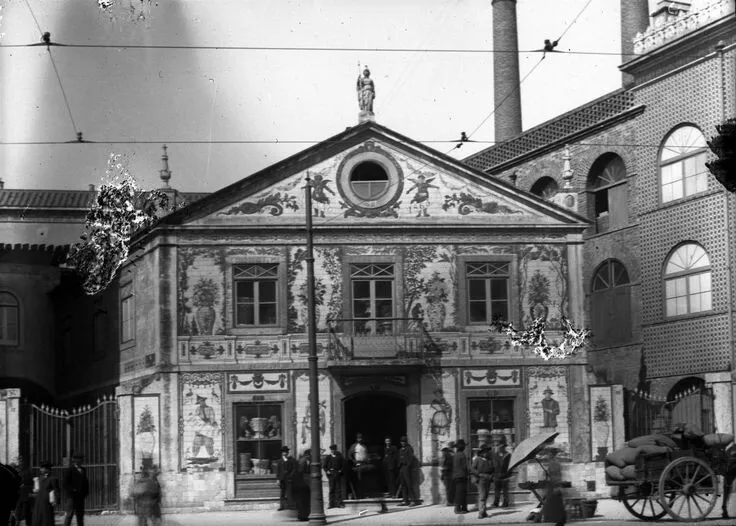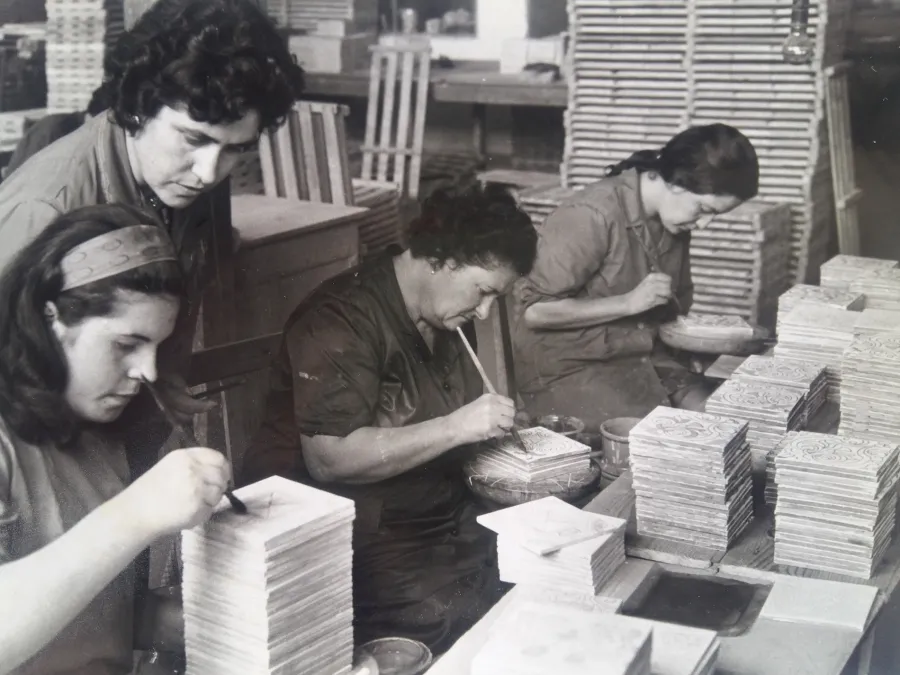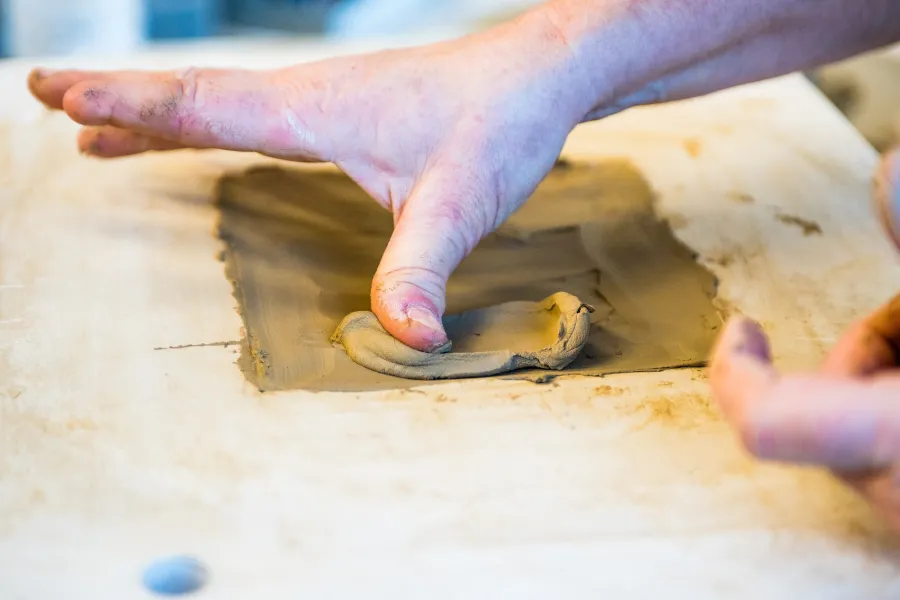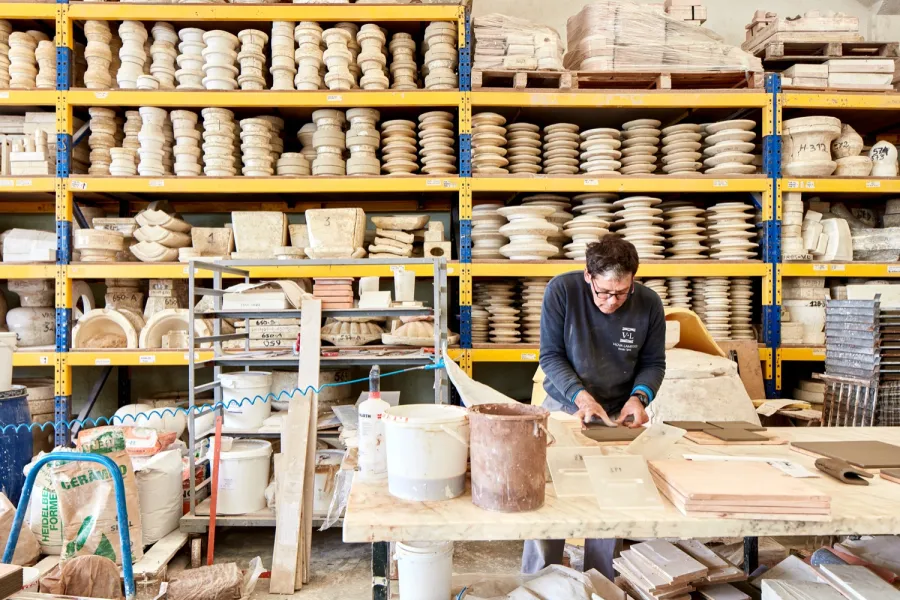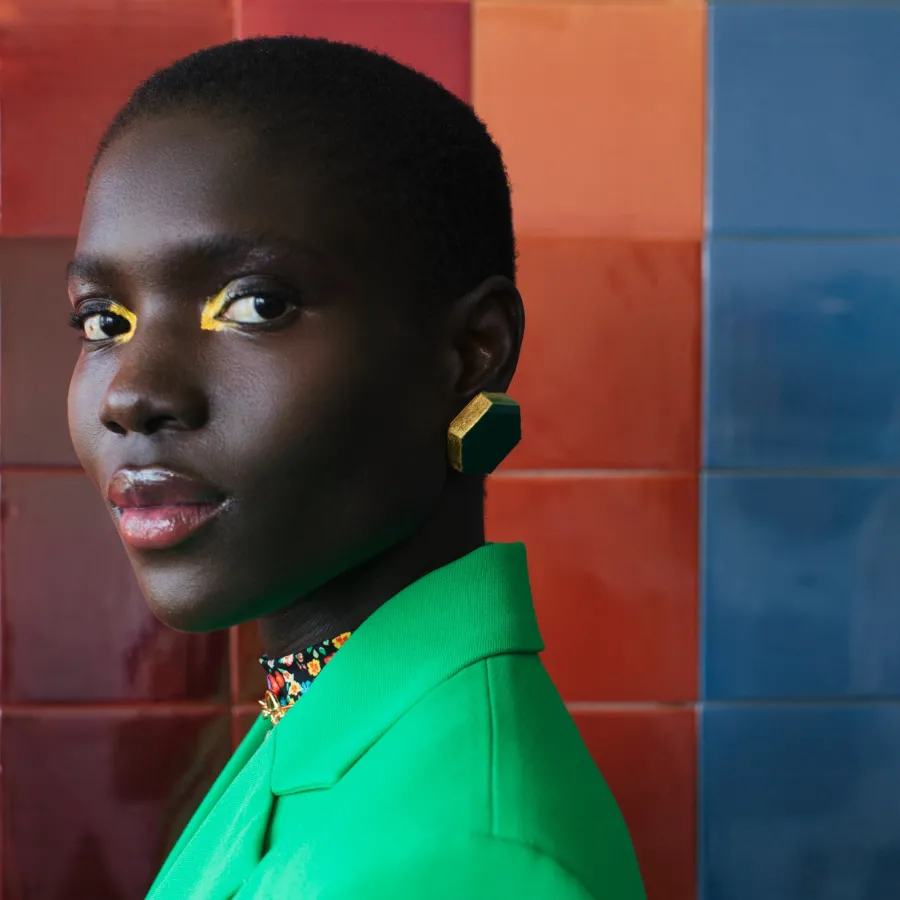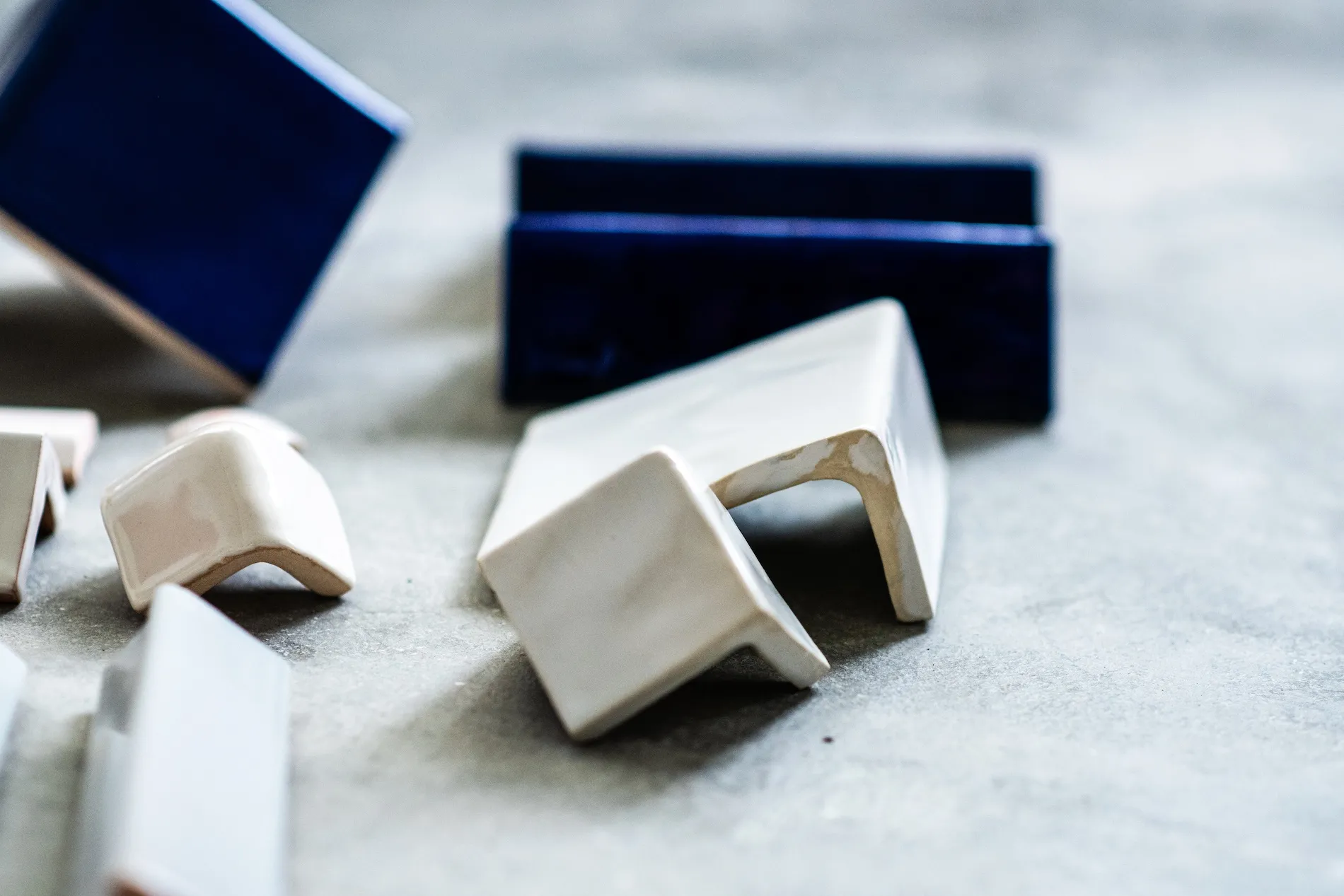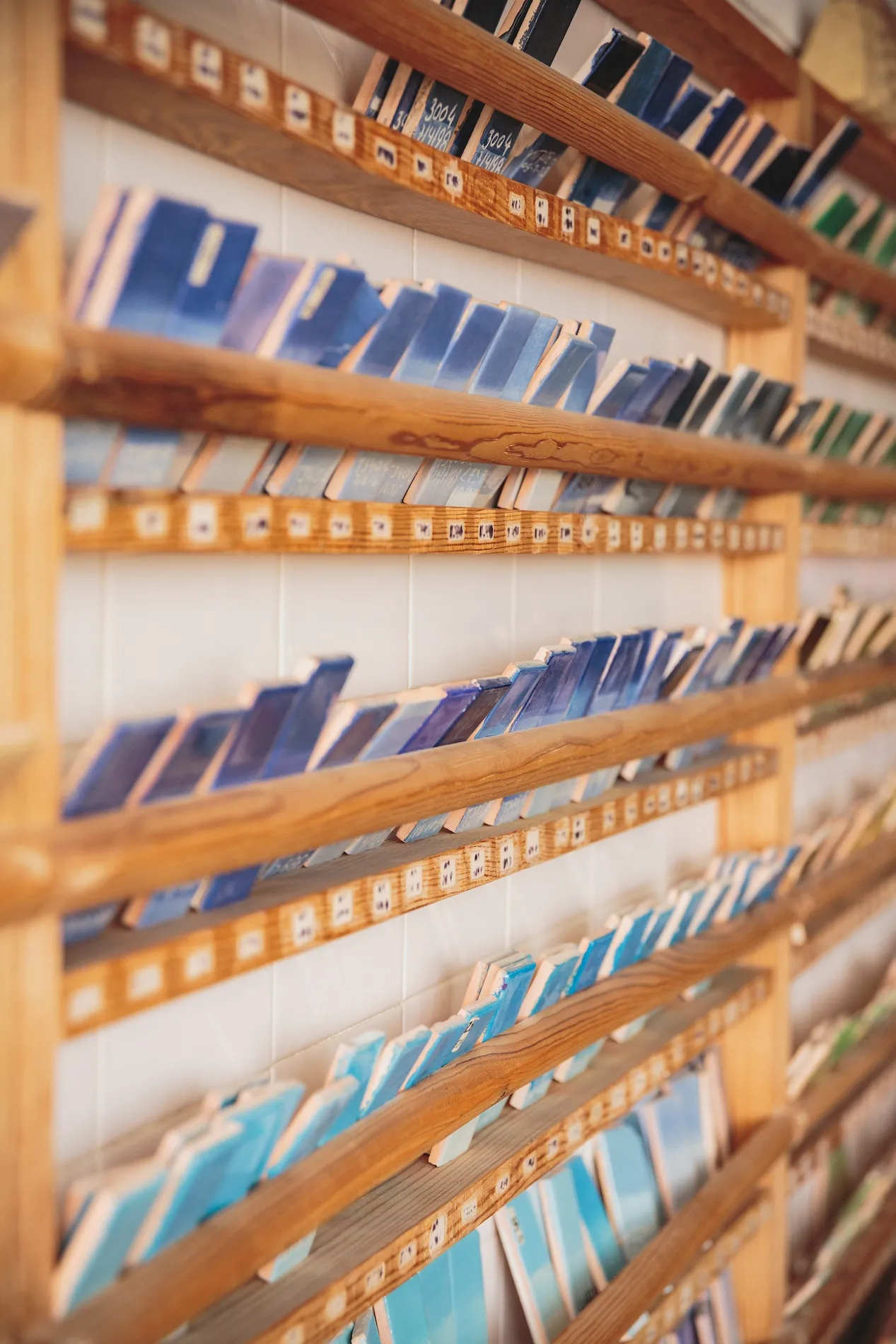
About Us
175 of History
To tell the history of Viúva Lamego is to tell the history of the Portuguese tile.
The Tile
Tiles have been used as a form of expression in the most varied of contexts for over five centuries. More than a merely aesthetic option, the Portuguese tile reflects cultural, social and economic influences which are inseparable from the History of the country.
